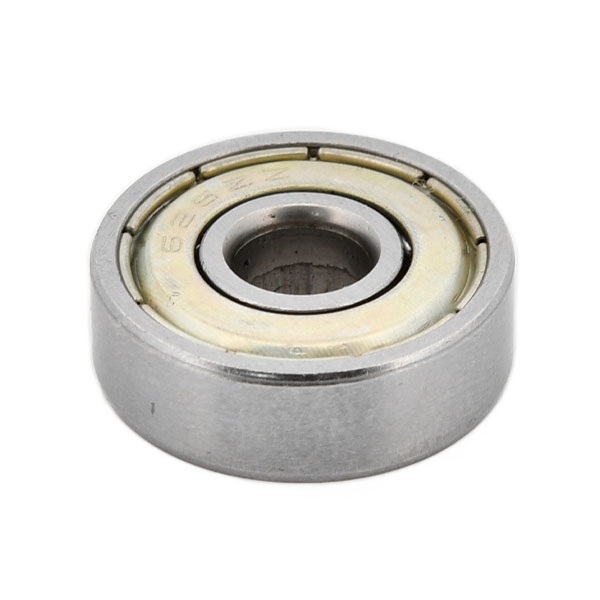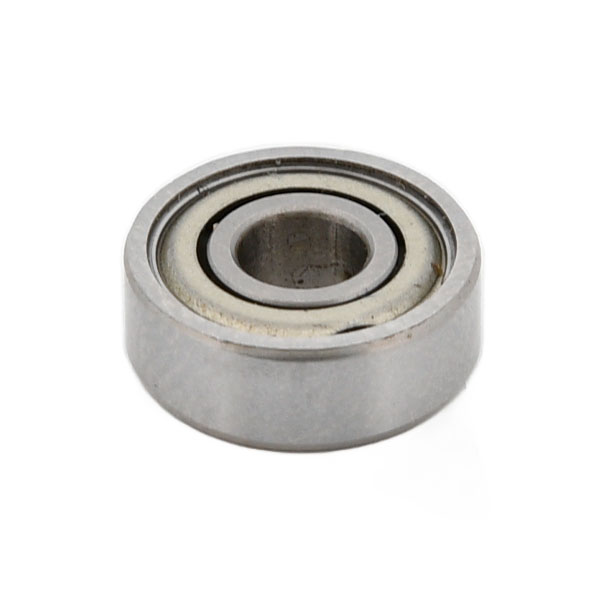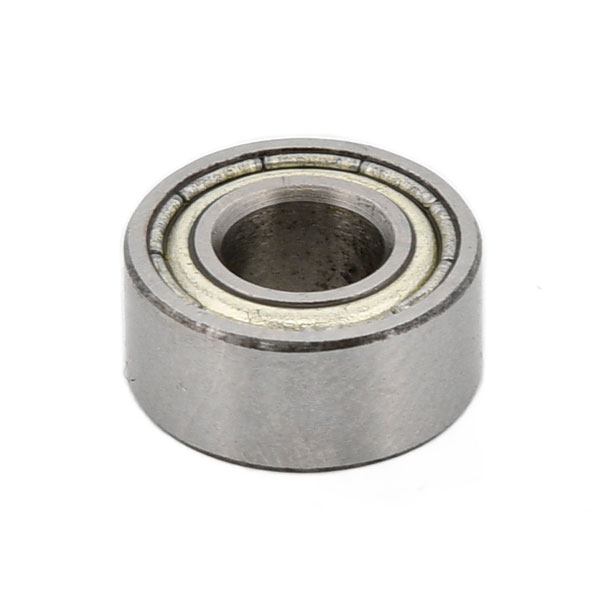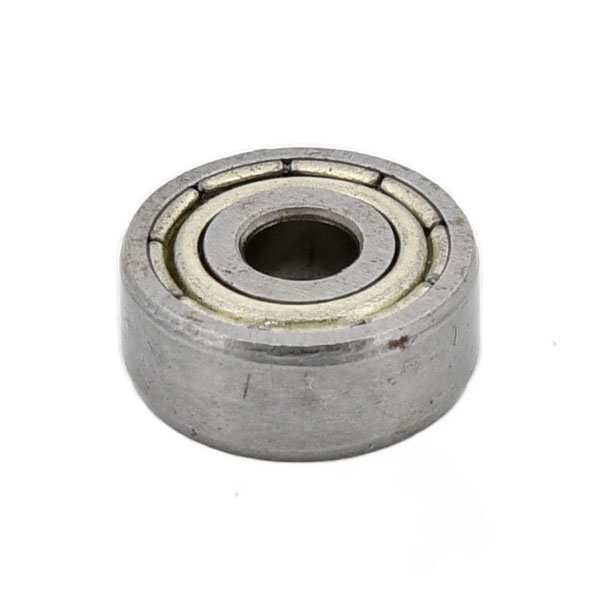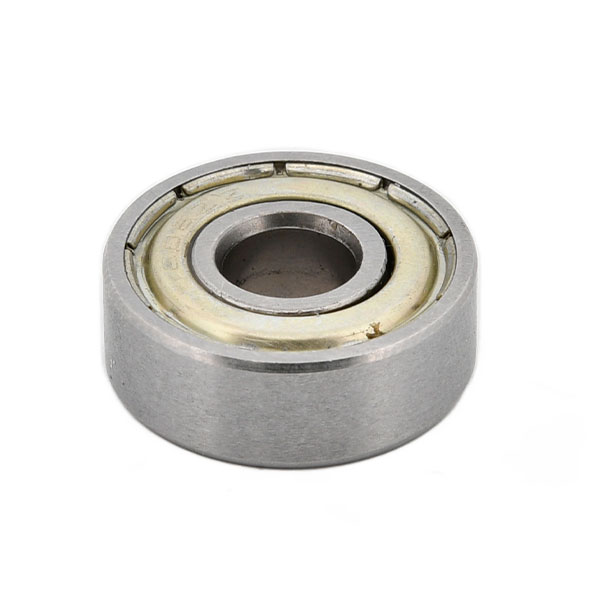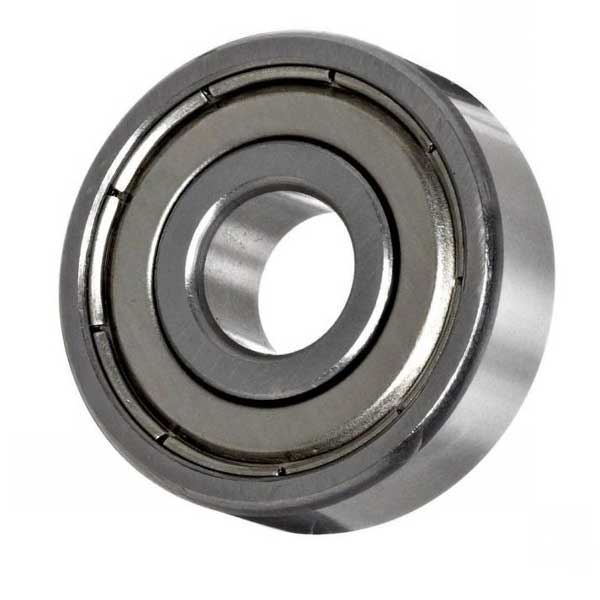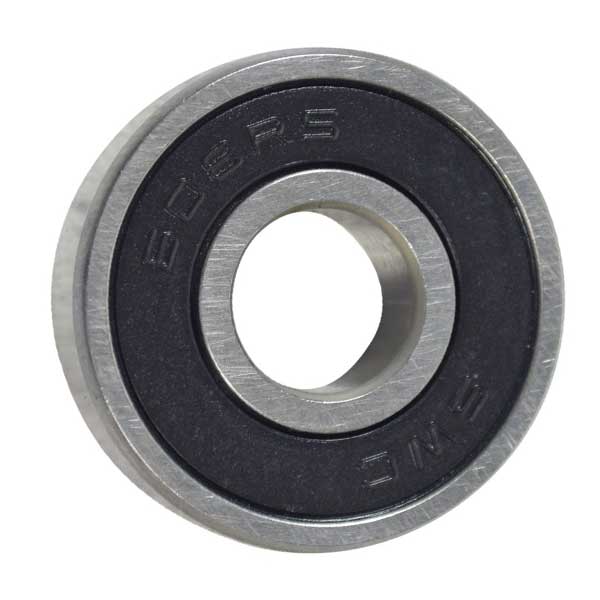5160+ reviews
Order by 16:00 for same day shipping
14 days return
EN
Individual
Business
Filters
Price
to
Length
Inside Diameter
Outside Diameter
Bearings
Bearings are crucial in mechanical and electronic projects. They ensure smooth, low-friction movements. This makes your constructions last longer. Whether you are building a robot arm, assembling a 3D printer or making a prototype. A good bearing makes the difference between stiff and smooth.
8 products found
Sort by:
Types of bearings and their characteristics
Our range includes various types of bearings, each for a specific application. The most commonly used is the ball bearing. This consists of an inner and outer ring with steel balls in between. These reduce friction and ensure smooth rotation.
A popular type is the 608ZZ ball bearing. You can find these in 3D printers, electric scooters and many other machines. Thanks to metal covers, this type is well protected against dust and dirt.
Do you need a bearing that stays in place? Then a flange bearing is ideal. The flange prevents the bearing from shifting in the housing.
Miniature bearings are small and light. They fit perfectly in drones and small robots. They offer precision without extra weight. Plain bearings on the other hand, do not contain balls. They are suitable for slow movements with little load. Think of simple constructions where little precision is required.
Applications in technology and electronics
Bearings are everywhere where movement is needed. In robots, you find them at pivot points of arms or wheels. They ensure accuracy without play. That is important for control and precision.
In 3D printers, they guide the axes and slide blocks. This allows the print head or bed to move smoothly over the axes. CNC machines also use bearings . These ensure repeatable, stable movements under load.
In RC cars and drones, bearings are found in motor shafts, drives, and rotating parts. They reduce friction and increase efficiency. Even in simple DIY projects, like a fan or a rotating display, bearings make the difference between a choppy ride and a smooth ride.
Tips for the right choice
When making your choice, pay attention to the size. The inner diameter must fit the axle. The outer diameter and thickness must match the housing. Also consider the load. Not every bearing is suitable for high speeds or heavy forces.
Pay attention to the sealing. Open bearings offer little resistance, but are vulnerable to dirt. Bearings with metal (ZZ) or rubber (2RS) seals are better protected. They are ideal for dusty or humid environments.
Finally, consider the material. Stainless steel is more resistant to moisture and corrosion than standard steel. Are you using the bearing outdoors or in damp areas? Then choose a stainless steel version.
